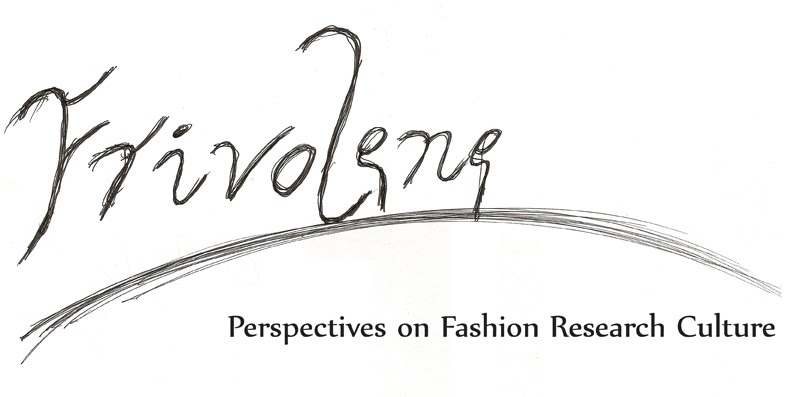Today I attended a cross-college seminar hosted by David Crowley from the Critical and Historical Studies Department on the subject of Design Exhibitions: What are they? And what might they be? The seminar consisted of a short presentation from several practitioners/curators in the field of design exhibitions including Claire Catterall of Somerset House, Daniel Charney an RCA tutor and curator at Aram Gallery, Nina Due of the Design Museum, and Gareth Willams, formally a curator at the V&A, and now a tutor at the RCA.
Each curator gave an insight into their own experiences and reflections on their approaches to curating design within the context of their own specialism and/or institution. Catterall gave perhaps the most personal perspective, reflecting on her experiences working in both formal institutional settings, such as the Design Museum and Somerset House, and also as a freelance curator, through her own set-up as part of Scarlet Projects. Due gave an interesting insight into the Design Museum’s current perspective of enhancing the visitor experience, where visitors are encouraged to engage and be inspired as much by the events the museum hosts as its static exhibitions. Charney, meanwhile, described his experiences of working in a not-for-profit curatorial space located within the confines of a commercial setting in the form of the Aram Gallery in the Aram shop in London’s Covent Garden. Finally Williams reflected on his experiences as a curator for both the permanent design and architecture collections at the V&A and also for temporary and topical exhibitions, such as the recent Telling Tales. Following on from this, a panel discussion was formed of each of the speakers, who were also joined by Mark Sladen, formally of the ICA, and moderated by Crowley.
My own interest in curating is as a research methodology, as in my own current project on Fashion Souvenirs, and while none of the speakers raised this, the seminar raised some intriguing points. One of key points made towards the end of the discussion was about the ‘ordinariness’ of design and design objects in everyday life. Yet by taking objects out of their intended context and placing them on a pedestal in a gallery space poses problems for curators who seek to engage in their audience in participating in design exhibitions, not merely as passive observers, but as active and fully absorbed participants. Many curators today are engaged not so much in putting on exhibitions per se, but ‘projects’, or perhaps ‘event making’ to create a dialogue and active awareness in exhibition visitors. This has particular implications for the curating of fashion and textiles, where the tactile nature of the objects on show is such an integral part. Yet for reasons of preservation and conservation touching in any form usually remains strictly forbidden. An interesting example where this can be circumnavigated comes in the form of the Centraal Museum’s recent retrospective on Alexander van Slobbe in Utrecht, where a whole room was set up as an atelier complete with sewing machines, cutting tables and an ironing board. In this space visitors were encouraged to make their own simple tunic-style dress supplied from a pattern of one of van Slobbe’s archetypal designs. While many UK museums such as the V&A and the FTM run practical workshops under supervision, it is difficult to imagine how any would locate such an apparent health and safety ‘risk’ directly in the gallery space itself.
Overall, this discussion was an insight into the diverse strands of curating design and the challenges and opportunities provoked by differing contexts in the curation of design objects. Design, taken generally as something commercial, has often had to fight its corner in being accepted into grand institutions. Yet, as was raised in this discussion, many design 'objects' are made specifically for exhibition, that is their 'usefulness' is not to be found in their practicality, but rather in the appreciation of their design as an end in itself. Yet, as I have found with my own curatorial project, Fashion Souvenirs, their remain many aspects of design that have yet to have their 'ordinariness' fully appraised or appreciated.
Monday, 24 May 2010
Subscribe to:
Post Comments (Atom)

No comments:
Post a Comment